Latest DePIN Mining News
View Mining Projects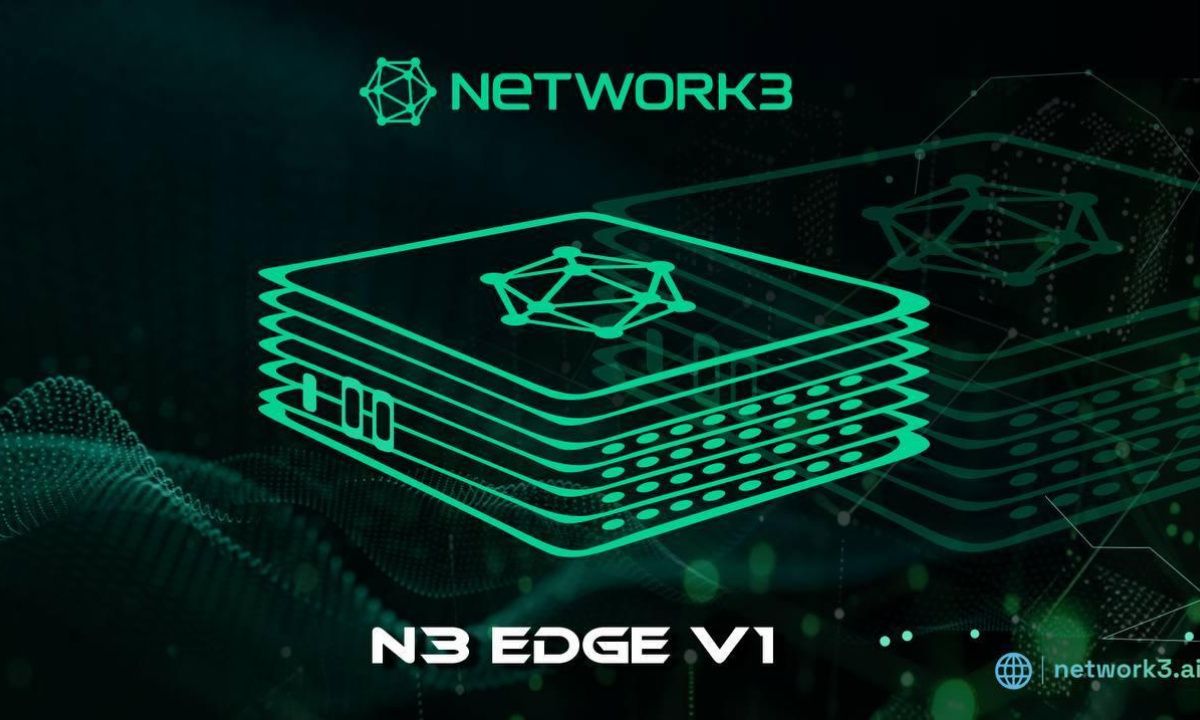
a year ago
Network3's N3 Edge V1: Revolutionizing Crypto-Mining and AI Training
Network3's N3 Edge V1 mining devices, powered by the DePIN-Edge AI protocol, sold out in seconds after launch. The dual mining machine allows users to mine Network3's native token and IoTeX tokens, offering enhanced capabilities and easy setup. By democratizing the crypto-mining landscape, Network3 aims to incentivize general users to participate in mining and contribute to data privacy and security. The protocol combines DePIN and Edge AI to provide a decentralized mechanism for training AI models, challenging centralized data processing. Network3's successful launch of the N3 Edge V1 marks a significant step towards a more equitable and decentralized future in the AI industry.
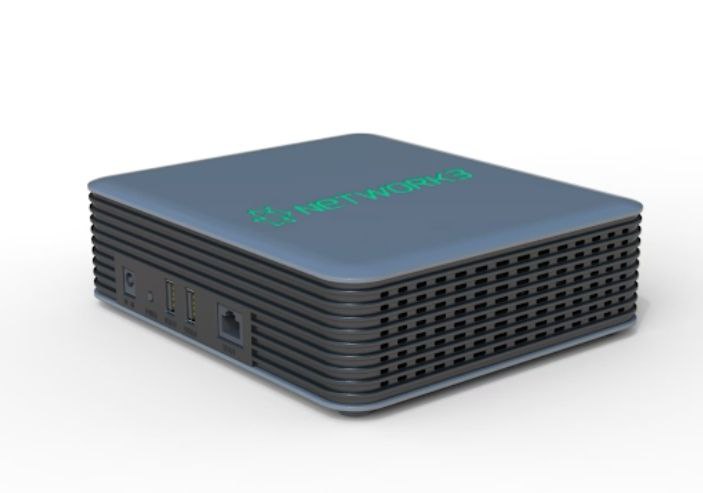
a year ago
Network3 Sells Out First Batch of N3 Edge V1 Mining Devices and Introduces Dual Mining Capabilities
Network3, the DePIN-Edge AI protocol, has successfully sold out its first batch of physical mining devices, N3 Edge V1, within an hour after launch. The sale went live on August 20 at 10 am PST and was met with an extremely high demand from users. N3 Edge V1 is a dual mining machine that can mine Network3’s native token and IoTeX tokens. The physical mining machine enables users to boost their Network3 rewards by mining two types of tokens. These devices integrate IoTeX’s infrastructure like the decentralized W3bstream and ioID to provide device identity and DePIN verification, leveraging IoTeX’s advanced ZK and off chain computing technology with its modularity tech stack. The N3 Edge is more powerful than other personal devices that people use for mining tokens. Additionally, it is lightweight and has high processing power, helping users to efficiently and seamlessly mint two tokens. Most importantly, N3 Edge is very easy to set up. Users have to connect to a power source, connect the device to the internet, login, and start mining. Network3 aims to democratize the AI industry by decentralized model training and data processing in exchange for tokenized rewards. The successful launch of Network3’s dual mining machine, N3 Edge, is a step forward towards realizing a more equitable and decentralized future.
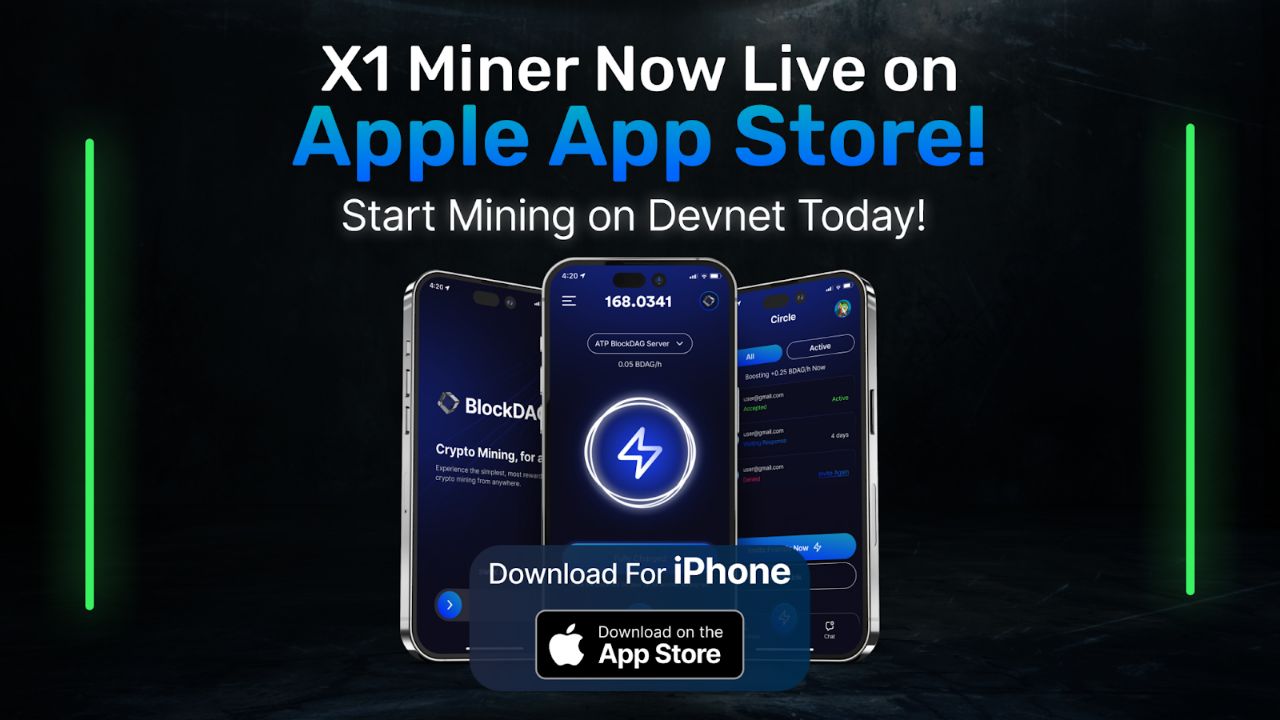
a year ago
BlockDAG's X1 Mining App Surges to 100K Users and Raises $65.6 Million in Presale
BlockDAG's X1 mining app has surged to 100,000 users, raising over $65.6 million in its presale. Filecoin and Bitcoin Cash holders are closely monitoring the project as it outperforms major coins in the market. Filecoin faces challenges after a significant drop post-March correction, while Bitcoin Cash shows mixed sentiment with a potential 15% rise. BlockDAG's X1 app has turned smartphones into mining devices, attracting high investor interest and achieving a 1600% price surge. With a promising future and innovative technology, BlockDAG is set to deliver substantial returns, making it a top choice for investors seeking groundbreaking projects.
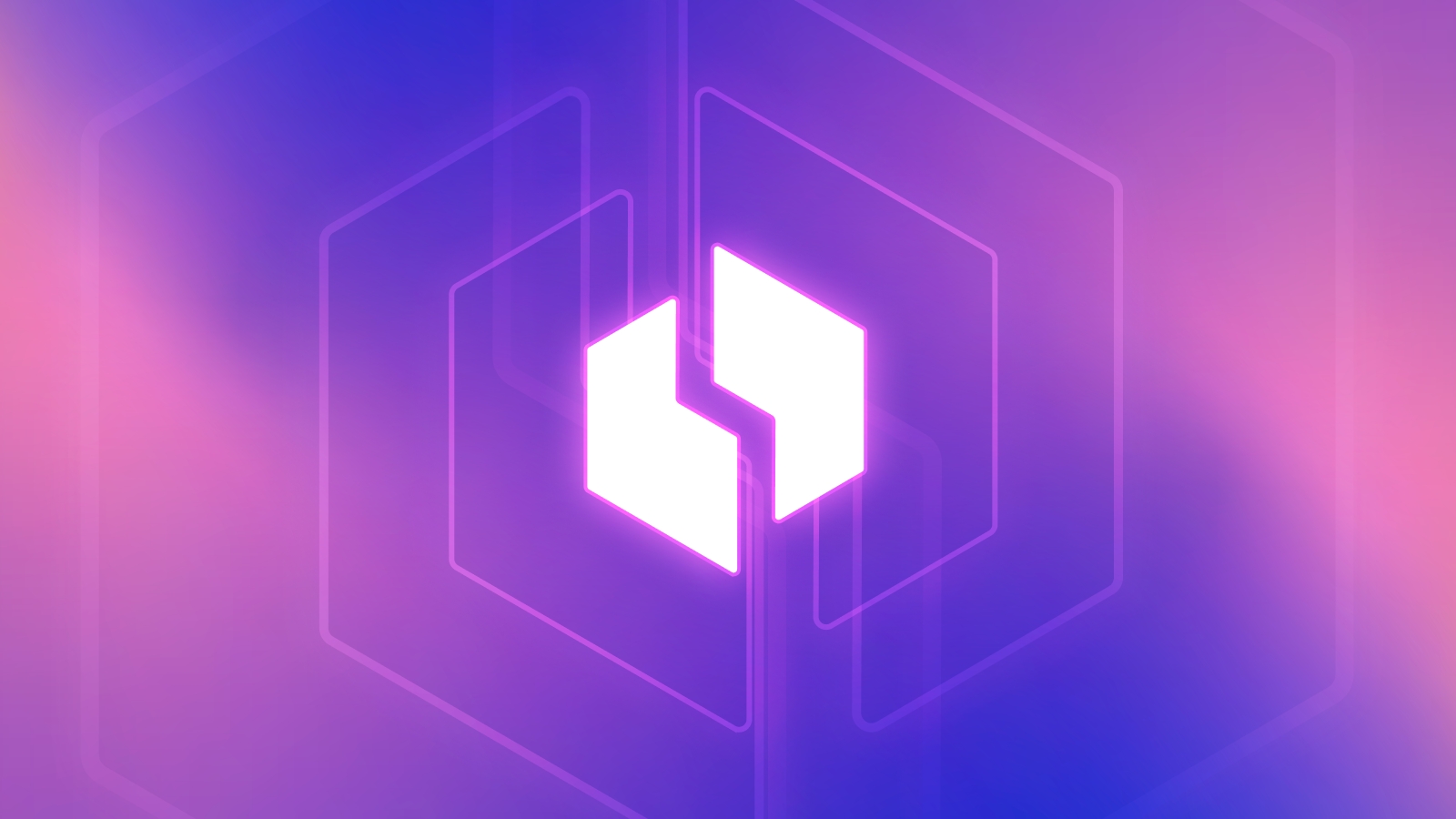
a year ago
Aethir Achieves $36 Million Revenue with Decentralized GPU Networks
Aethir, a Decentralized Physical Infrastructure Network (DePin) startup, has reported a substantial revenue of $36 million this year, reflecting a 10% monthly growth. The company's growth is propelled by the high demand for artificial intelligence and gaming services offered through its Platform-as-a-Service (PaaS). Aethir's PaaS model facilitates the development, testing, and deployment of GPU-accelerated applications, which are crucial for AI, cloud gaming, and edge computing. The company's decentralized network structure offers a cost-effective and scalable alternative to traditional GPU setups, which often face issues with high costs, scalability, and security. Aethir claims its solution is up to 60% more cost-effective than services like Amazon Web Services (AWS). Despite the company's impressive revenue and advancements, the price of Aethir's token (ATH) has struggled since its listing on crypto exchanges.

a year ago
DePin Sector Advances with World Mobile and Helium Subnetworks
Decentralized Physical Infrastructure Networks (DePin) are making strides in the tech industry by supporting decentralized projects in real-world infrastructure. World Mobile has reached a significant milestone with over 100,000 daily users, a 400% increase in the past year, with its network expanding across Africa, Asia, and the USA. The company has deployed 1,798 AirNodes globally, positioning it as the largest network in the DePin category. World Mobile supports its participants through the World Mobile Token (WMT), incentivizing an active user base. The company has also announced plans for global AirNode deployments and a token migration to various blockchains in 2024. Additionally, the Helium Foundation is exploring new subnetwork opportunities with the Swedish energy project Srcful, which aims to use Helium hotspots to run a virtual power plant, offering another way to earn tokens. Meanwhile, Crust Network has partnered with Xcavate to provide secure, decentralized storage solutions for real estate tokenization, enhancing data integrity and scalability.
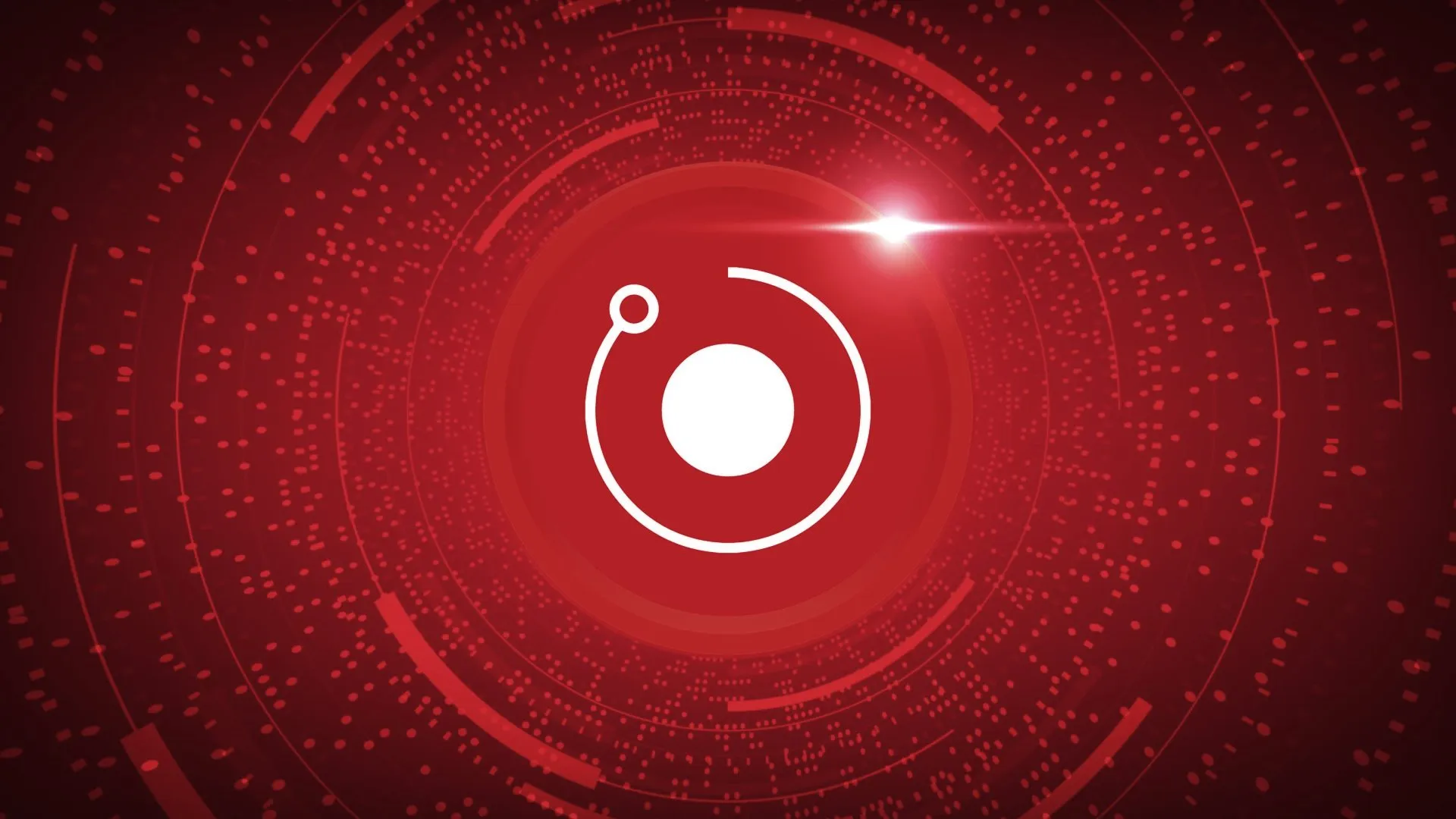
a year ago
Render Network's Activity and Token Surge Signal Growth
The Render Network has experienced a significant increase in activity, with a 17.7% rise in frames rendered in Q1 2024 and a surge in daily active addresses and whale transactions. This has led to a bullish trend for the RNDR token, which has jumped 6.98% to $6.63. The network's incentive program for node operators and GPU providers has been successful in increasing computational resources for AI and machine learning tasks. Additionally, the integration of Render's technology into the Solana blockchain through the DePIN protocol has driven adoption and scalability.
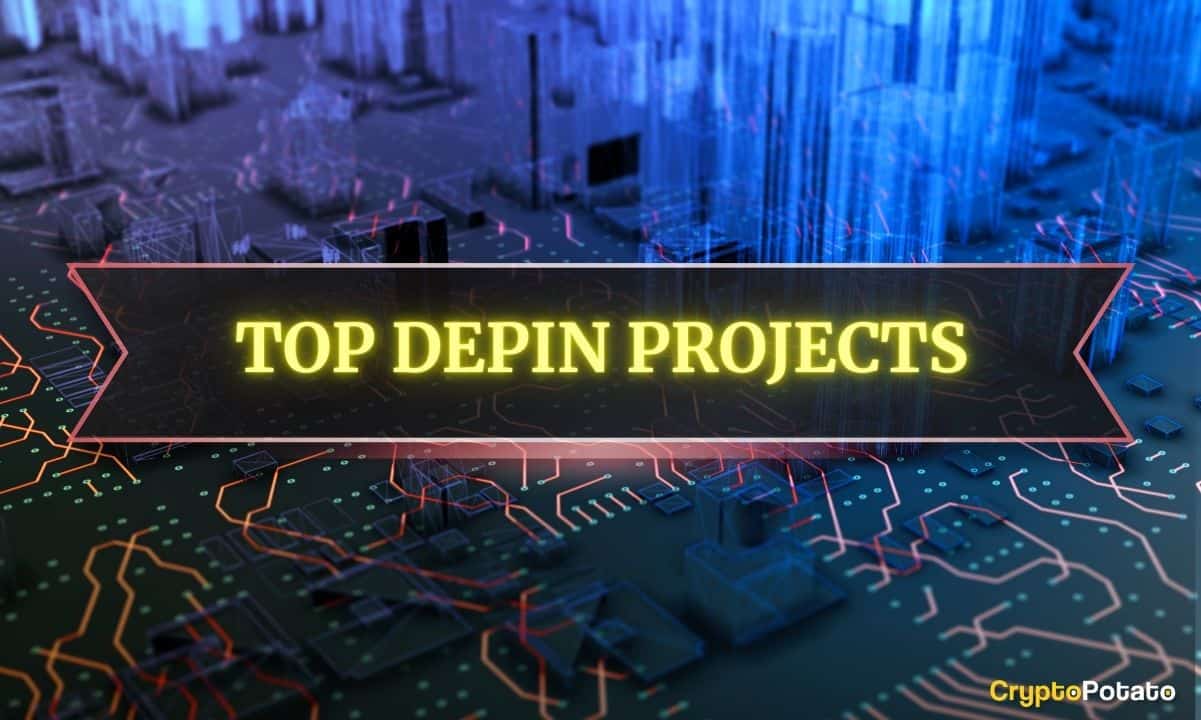
a year ago
Exploring the DePIN Sector in Crypto
DePIN, shorthand for decentralized physical infrastructure, is a burgeoning sector in the crypto space that combines various technologies to maintain a global network of physical assets. It encompasses protocols leveraging blockchain for a decentralized approach to infrastructure management, supported by participants providing computational resources. DePIN projects are divided into two categories: Physical Resource Networks (PRN), which include essential hardware for connectivity, and Digital Resource Networks (DRN), supplying the digital resources necessary for operating physical systems. Notable DePIN projects include Render Network, which decentralizes GPU cloud rendering, and The Graph, Filecoin, Arweave, Akash Network, AIOZ Network, Bittensor, Helium Network, IOTA, and Theta Network, each contributing to the advancement of decentralized infrastructure solutions.
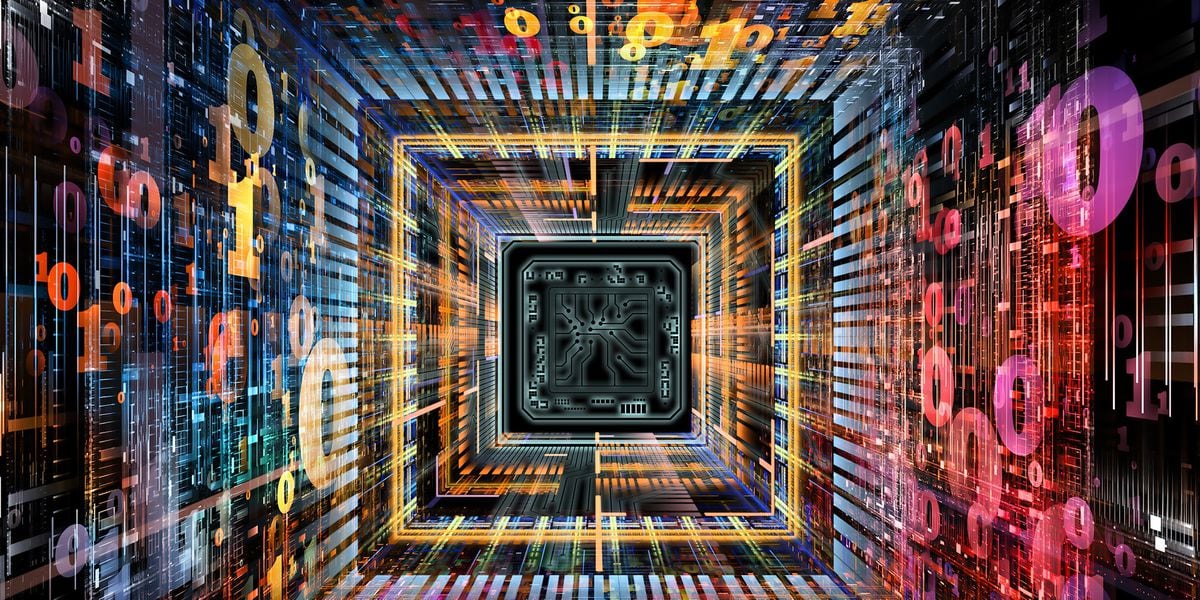
a year ago
Decentralized Networks: A Sustainable Solution for GenAI's Energy Needs
Decentralized compute networks are emerging as a sustainable solution for the energy-intensive GenAI industry. By utilizing underutilized hardware and edge nodes, these networks can balance computational loads, reduce latency, and reward power suppliers with tokens. This approach not only promotes efficient energy use but also democratizes access to high-performance computing resources, making advanced AI tools more accessible to small businesses. As the GenAI industry grows, decentralized networks offer a greener and more inclusive path forward.

a year ago
Decentralized Physical Infrastructure Networks: The Future of Web3 Mining
Decentralized physical infrastructure networks (DePINs) are poised to revolutionize the use of shared computing resources like GPUs and routers, making web3 mining accessible to everyone. Despite a market capitalization exceeding $20 billion, the DePIN sector faces challenges in adoption due to the complexity of blockchain technology. User-friendly applications are essential to simplify DePIN technology and lower the entry barrier, enabling broader participation in the digital economy. DePINs can democratize access to decentralized networks, enhance data sovereignty, and cut costs. Examples like Teleport, a decentralized ride-sharing service, demonstrate the potential of DePINs to create fairer and more sustainable business models.
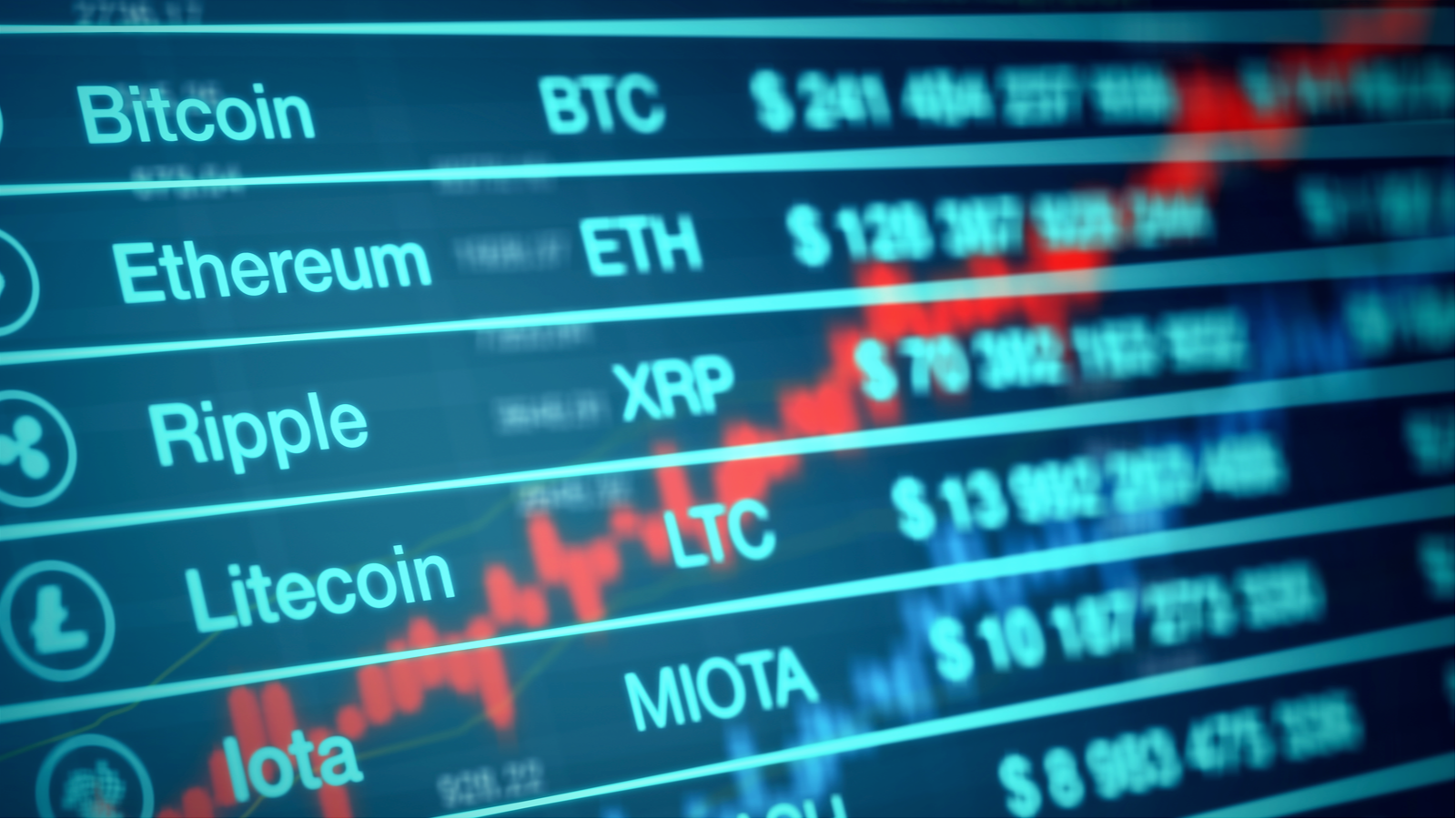
a year ago
Undervalued Cryptocurrencies with High Growth Potential
Undervalued cryptocurrencies are gaining attention with potential for significant growth. Nosana (NOS-USD), a decentralized GPU grid, allows users to share computing power and earn rewards in $NOS tokens, showing a 1,000% increase since March. The Render Network (RNDR-USD) enables GPU owners to rent their computing power for various industries, with a 1,125% rise since July 2022. Ondo (ONDO-USD), a DeFi platform, aims to provide institutional-grade financial services to everyone, with ONDO tokens surging over 300% since the beginning of the year.
Signup for latest DePIN news and updates